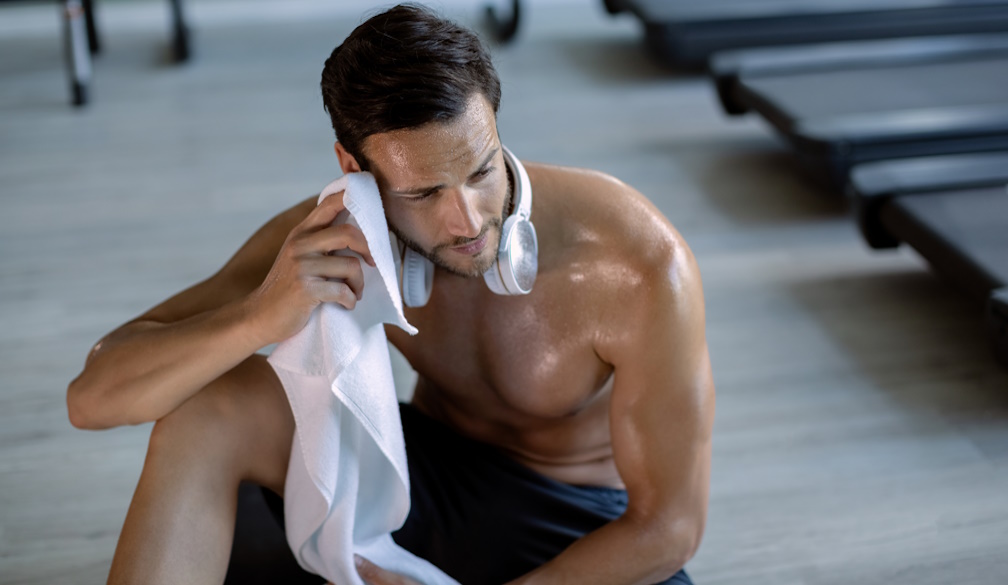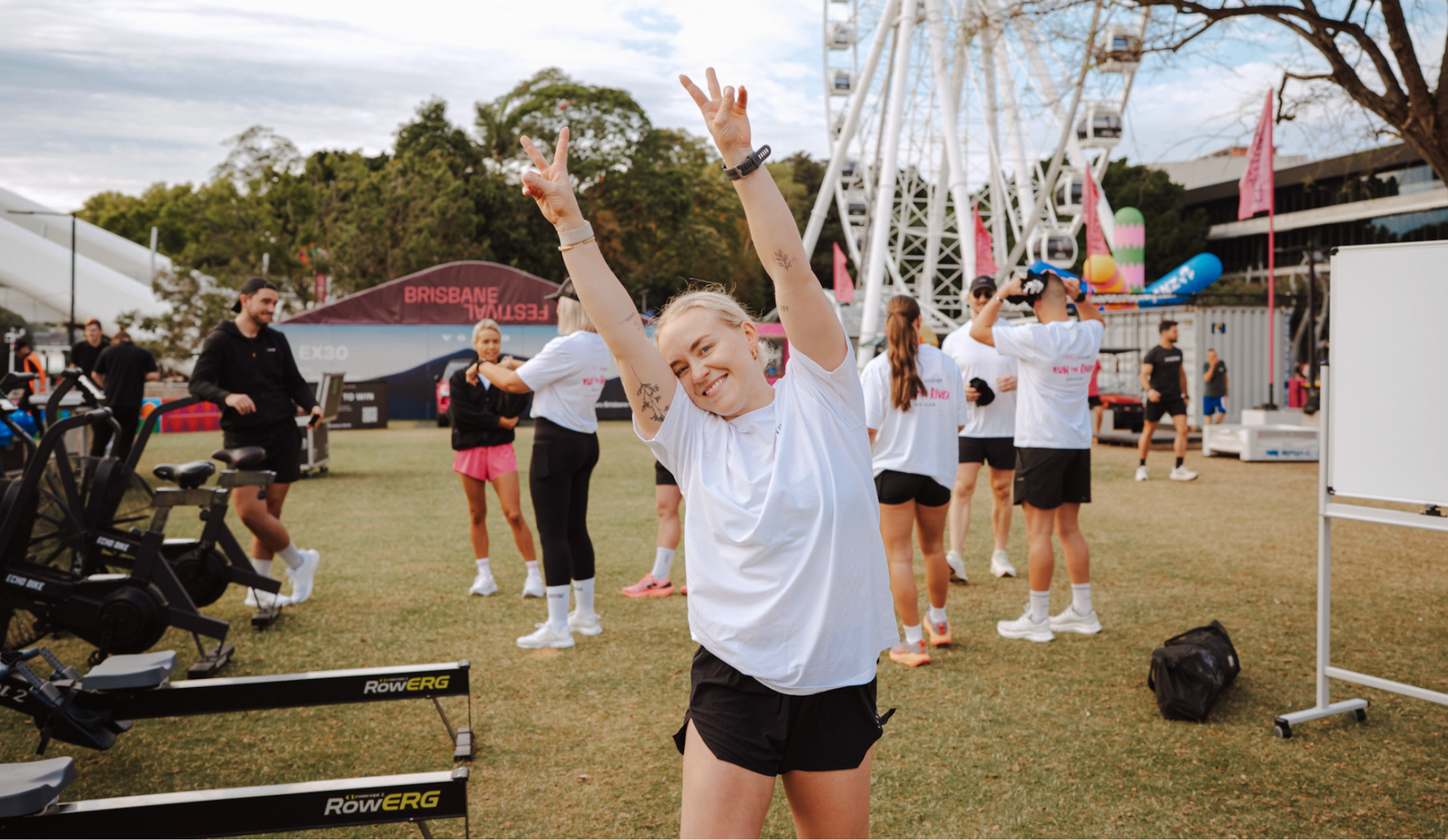Home Gym Recovery Routines: What Pro Athletes Do After Workouts

Training is only half the equation. What you do after your workout has just as much impact on your progress, performance, and long-term health. Professional athletes know this, which is why they treat recovery as a structured, non-negotiable part of their daily routine. At Peak Primal Wellness, we’ve worked with clients who model their home gym recovery setup on what the pros use right down to the tools, timing, and techniques.
Whether you’re lifting, running, or doing functional training at home, here’s how to recover like an elite performer without ever leaving your gym.
Why Recovery Should Be Programmed, Not Optional
Skipping recovery doesn’t just slow your gains. It increases the risk of injury, weakens your immune system, and disrupts sleep and mood. Athletes prioritize recovery because it allows them to train harder, more often, and with fewer setbacks.
The right post-workout recovery plan helps you:
- Restore nervous system balance
- Reduce inflammation and soreness
- Rebuild muscle tissue
- Improve circulation and flexibility
- Prepare for the next session, mentally and physically
A home gym recovery routine doesn't need to be complex. But it does need to be consistent.
Step 1: Cool Down with Movement and Breath
Immediately after your workout, shift into active recovery mode. This transition helps reduce heart rate gradually and begin flushing out metabolic waste.
Try:
- 5 to 10 minutes of light walking or cycling
- Deep nasal breathing (4-second inhale, 6-second exhale)
- Gentle stretching focused on the areas you trained
- Foam rolling or lacrosse ball work for tight spots
This phase sets the tone for everything that follows. The goal is to calm the system, not stimulate it further.
Step 2: Infrared Sauna for Circulation and Detox
Infrared sauna sessions are a staple in many pro athletes' routines. Unlike traditional saunas, infrared heat penetrates deeper into the body, improving blood flow and promoting cellular repair.
Benefits include:
- Increased muscle recovery speed
- Reduced inflammation
- Improved joint mobility
- Enhanced relaxation and parasympathetic activation
Use the sauna for 15 to 30 minutes post-workout or before bed. If paired with cold therapy, use heat first, then cold.
Step 3: Cold Plunge for Inflammation and Resilience
Cold water immersion has become one of the most popular recovery tools for a reason. Immersing the body in cold water helps reduce inflammation, boost dopamine levels, and reset the nervous system.
Tips for cold plunge use:
- Target 1 to 3 minutes at 45 to 55 degrees Fahrenheit
- Breathe slowly and avoid hyperventilating
- Exit and warm up gradually to avoid shock
Many athletes use contrast therapy, alternating between sauna and cold plunge to maximize recovery and improve vascular health.
Step 4: Percussion and Mobility Tools
After the big tools, it’s time to work on the smaller, targeted recovery aids that help manage soreness and tension.
Pro athletes use:
- Massage guns on high-tension areas (30 to 60 seconds per muscle group)
- Vibration plates for lymphatic drainage and active recovery
- Stretch straps and mobility bands for long-hold passive stretches
- Yoga mats or recovery stations for floor work
Keep these tools accessible and organized so they become part of your routine rather than something you forget to use.
Step 5: Rehydrate and Refuel
Your recovery routine should also include what you consume after your workout. Within 30 minutes of training, aim to:
- Rehydrate with water or electrolyte-enhanced beverages
- Consume a balanced meal or shake with protein and carbs
- Consider supplements like magnesium, tart cherry juice, or creatine based on your goals
Some athletes also use hydrogen-rich water or adaptogenic teas to support anti-inflammatory responses and relaxation.
Step 6: Sleep Optimization and Evening Wind-Down
The most powerful recovery tool is sleep. Everything you do after your workout should set you up for deeper, higher-quality rest.
Best practices include:
- Limiting blue light exposure after sunset
- Taking a warm shower or using sauna therapy to lower core temperature
- Journaling or meditating to mentally offload the day
- Keeping your bedroom cool, dark, and quiet
Many athletes also use wearable sleep trackers to monitor progress and adjust routines accordingly.
Final Thoughts
Recovery routines are not just for the elite. They’re the secret weapon behind consistent performance, long-term gains, and reduced injury risk. By setting up a smart recovery system in your home gym, you make world-class performance possible without relying on expensive clinics or scheduling sessions across town.
At Peak Primal Wellness, we offer the same recovery tools trusted by pros—from infrared saunas and cold plunges to mobility gear and high-performance accessories. With the right setup and a daily plan, your home can be the foundation for your best training results yet.




















